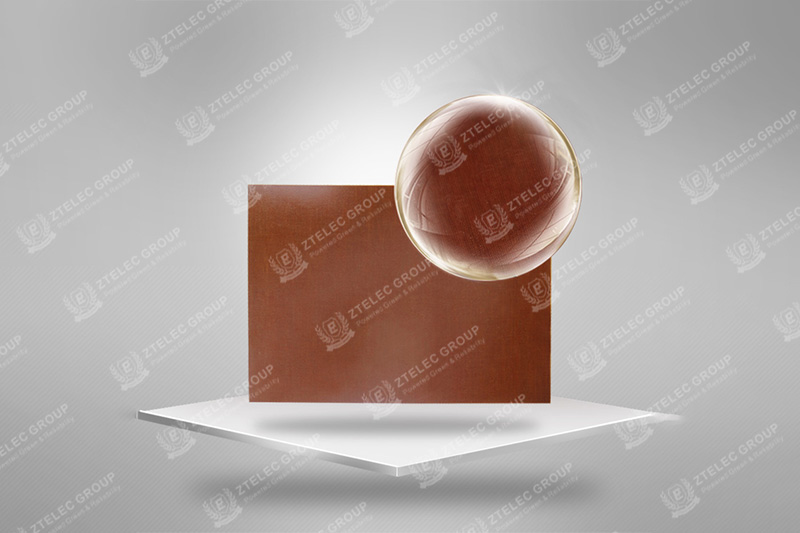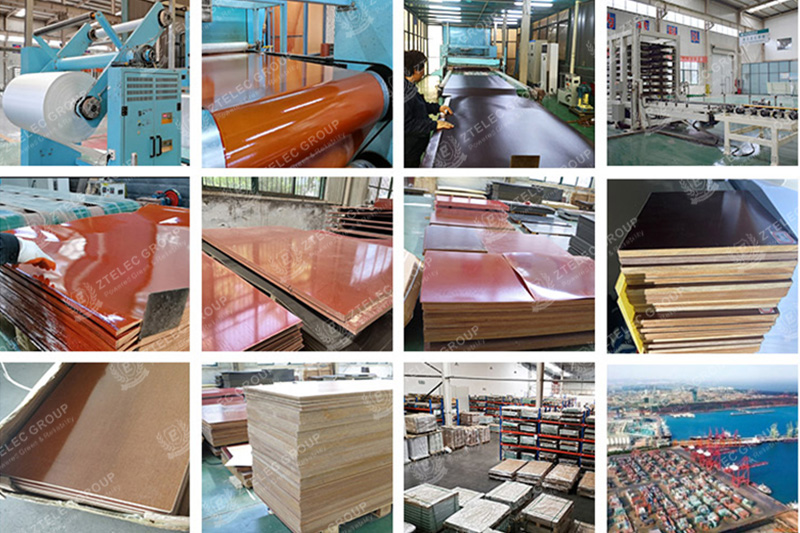Phenolic Cotton Sheet is a high-performance composite material widely used for electrical insulation and industrial applications. It is produced by impregnating high-quality cotton fabric with phenolic resin and bonding the layers under controlled heat and pressure to achieve superior mechanical strength, excellent electrical insulation, and thermal stability.
Let me take you to understand the process of phenolic cotton sheet production!!!

Cotton Fabric: Choose premium-grade cotton fabric for its excellent reinforcement properties.
Phenolic Resin: Select a high-quality phenolic resin with desired heat resistance, low shrinkage, and good adhesive properties.
Mixing: Combine phenolic resin with a hardener and appropriate catalysts to obtain the optimal viscosity and curing characteristics.
Conditioning: Ensure the resin is thoroughly mixed and conditioned according to the manufacturer's specifications.
Coating: Immerse the cotton fabric in the prepared resin solution or use a coating process to ensure even distribution of resin on both sides of the fabric.
Excess Removal: Remove surplus resin by pressing or using rollers, ensuring uniform resin uptake without over-saturation.
Partial Curing: Allow the resin-impregnated fabric (prepreg) to set under controlled temperature and humidity conditions, achieving a tacky state that facilitates bonding.
Stacking: Assemble multiple layers of the prepreg in the desired orientation to achieve the required board thickness and performance characteristics.
Alignment: Ensure proper alignment and even stacking of the layers for consistent properties throughout the board.
Pressing: Place the layered assembly into a hot press. Apply heat and pressure simultaneously, typically at a controlled temperature and pressure that allows the resin to fully cure and bond the layers.
Curing Cycle: Follow a specific curing cycle (temperature and time) as prescribed by the resin system to ensure complete cross-linking and optimal material properties.
Controlled Cooling: Allow the board to cool gradually under controlled conditions to prevent warping or internal stress.
Demolding: Once cooled, carefully remove the board from the press.
Trimming and Machining: Trim the board to the desired dimensions and perform any necessary machining or surface finishing to meet customer specifications.
Quality Inspection: Conduct rigorous testing for mechanical strength, electrical insulation, and thermal stability to ensure the board meets industry standards.
Once the phenolic cotton sheets have passed quality control, they are ready for packaging and shipment. The sheets are carefully packed to avoid any damage during transportation. Packaging typically includes protective layers to prevent physical damage and moisture infiltration. The sheets are then shipped to customers or distributors for use in various industries.
Storage: If the sheets are not immediately shipped, they are stored in a controlled environment to maintain their integrity. The storage conditions ensure that the sheets remain flat, free from moisture, and undamaged until they are ready for use.

By following these steps, manufacturers can produce high-quality Phenolic Cotton Sheet that offers excellent electrical insulation, mechanical strength, and thermal stability—making it an ideal choice for demanding applications in the electrical and industrial sectors.
♦ Electrical Insulation: Used in transformers, motors, and switchgear as insulating barriers or support structures.
♦ Industrial Components: Applied in various industrial machinery where durability and insulation are required.
♦ Other Uses: Suitable for applications requiring a lightweight yet strong and heat-resistant composite material.